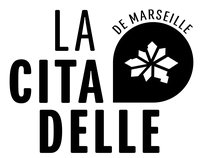
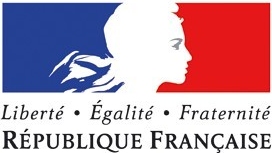

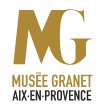
contribution: Jean-Yves Blaise
Digital material serving minor heritage assets
Feedback and solutions - ‘Rethinking places, supporting imaginary worlds’.
Moderator: Mathilde Rubinstein and Benjamin Lengagne (Citadelle de Marseille)
***
The aim of the event, aimed at heritage professionals, is to provide an opportunity to share experiences, network with companies working in the digital heritage sector, exchange ideas and discuss experiences with professionals, and fostering unprecedented collaboration.

contribution: Iwona Dudek
Scientific ethics workshops are held in our laboratory every week. The aim of these sessions is to reflect together on the principles of scientific integrity, ethics and good research practice. The meetings take place in the break room, to accentuate the voluntary and informal nature of the meeting, but also to relax the atmosphere and encourage participants to express themselves.
The session is scheduled to last 15 minutes and take place at the end of the lunch break - so as not to disrupt the individual work of the workshop participants.
themes of meetings (2024): objectives of science, scientific integrity: rigour, critical sense/reason, attitudinal and cognitive biases, fallacious reasoning, intellectual curiosity, epistemic humility, intellectual honesty.


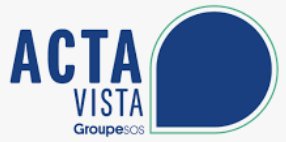

contribution: Isabelle Fasse, Laurent Bergerot, Frédérique Bertrand, Jean-Yves Blaise, Iwona Dudek, Anthony Pamart, Roxane Roussel
J.Y. Blaise and I.Dudek
- (24/06/2024) Study of the resources and working documents made available by the architects in charge of the restoration of the Citadelle, tracing its history, evolution and various restorations.
- (27-28/06/2024) Historical exploration, diachronic analysis - structuring and visualisation of temporal data (historical clues: history of the site, architecture, restoration in progress, etc.), creation of chronographs, discussions.
***
The MAP laboratory (UPR 2002 CNRS MAP) in partnership with the Citadelle of Marseille and ACTA VISTA (SOS group), with the participation of the architect conservator in charge of its restoration, proposes to explore the ramparts, bastions and subterranean passages of the Citadelle of Marseille through digital
Programme :
- visit of the Citadelle and interactions with the actors of its restoration,
- digital survey: photogrammetry, lasergrammetry, 360° panoramas;
- production of orthophotos, annotation of 3D scenes, generation of an interactive virtual tour, visualization of data and historical evidence;
- synthesis session at the MAP laboratory;
- presentation of the results (at the Citadel).
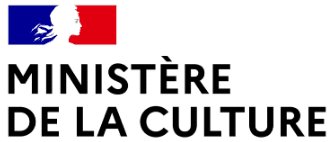
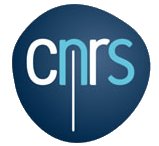
contribution: V. Abergel, P. Arese, F. Comte, I. Dudek, A. Guillem, A. Gros, K. Réby
Session 7 : Notre-Dame au prisme du numérique
Des données numériques aux connaissances pluridisciplinaires : enjeux de documentation et de formalisation. (Poster)
Managing the mass of multidimensional data produced in the context of the Notre-Dame reconstruction site is raising new questions and challenges, particularly in terms of traceability, analysis, interrogation and visualisation. The value of this digital data resides primarily in the knowledge it can convey to a community of stakeholders (different disciplines, divergent points of views). Semantic enrichment enables a sustainable connection between human knowledge and computer processing: our work aims to preserve all these valuable resources and explore the paths that lead from data generation to knowledge production.

contribution: I. Dudek, F. Comte, J.Y. Blaise, P. Arese, A. Guillem, R. Roussel, L. Willot, M. Hersent, K. Réby
Presentation of research protocols described using Memoria IS, followed by a discussion and analysis of the advantages and relevance of this method of describing research approaches.
• Photogrammetric processing of the oculus fragments - n_Dame (Florent Comte)
• Protocol for photogrammetric acquisition of burnt beams - n-Dame (Florent Comte)






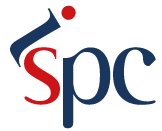
contribution: J.Y. Blaise, I. Dudek
J.Y. Blaise:
co-organisation of the event, opening speech, round table moderation
I. Dudek:
Research workflows and digital data sets: traceability, reproducibility, comparability issues illustrated on spatio-acoustic data acquisition protocols
In this presentation, we discuss the importance of traceability, verifiability and comparability of research workflows and digital data sets. We highlight the challenges associated with the choice of language, which can affect the interpretation of research descriptions. To address this, we propose the use of conceptual modelling, controlled vocabulary and diagrammatic representations as a means of reducing interpretation variability. These elements form the basis on which the MEMORIA exploratory information system is built.
The main objectives of the system, notably the identification and preservation of information on different types of research results and the sequences of actions that led to their creation, are illustrated using spatio-acoustic data acquisition protocols.
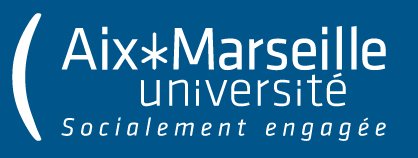
Attendance at a training seminar on ethics and scientific integrity, organised by the Talent Development School in collaboration with speakers from Aix Marseille University, IRD, CNRS, Inserm and INRAE.
The seminar was held in two parts: a morning of discussion and participation in a round table and forum theatre, and an afternoon devoted to participatory workshops.




contribution: Isabelle Fasse, Laurent Bergerot, Frédérique Bertrand, Jean-Yves Blaise, Iwona Dudek, Ariane Néroulidis, Anthony Pamart, Roxane Roussel
The MAP-Gamsau laboratory (UMR 3495 CNRS/MC) in partnership with the Citadelle of Marseille and ACTA VISTA (SOS group), with the participation of the architect conservator in charge of its restoration, proposes to explore the ramparts, bastions and subterranean passages of the Citadelle of Marseille through digital experimentation of this unique architectural heritage.
Programme :
- visit of the Citadelle and interactions with the actors of its restoration,
- digital survey: photogrammetry, lasergrammetry, 360° panoramas;
- production of orthophotos, annotation of 3D scenes, generation of an interactive virtual tour, visualization of data and historical evidence;
- synthesis session at the MAP-Gamsau laboratory;
- presentation of the results (at the Citadel).

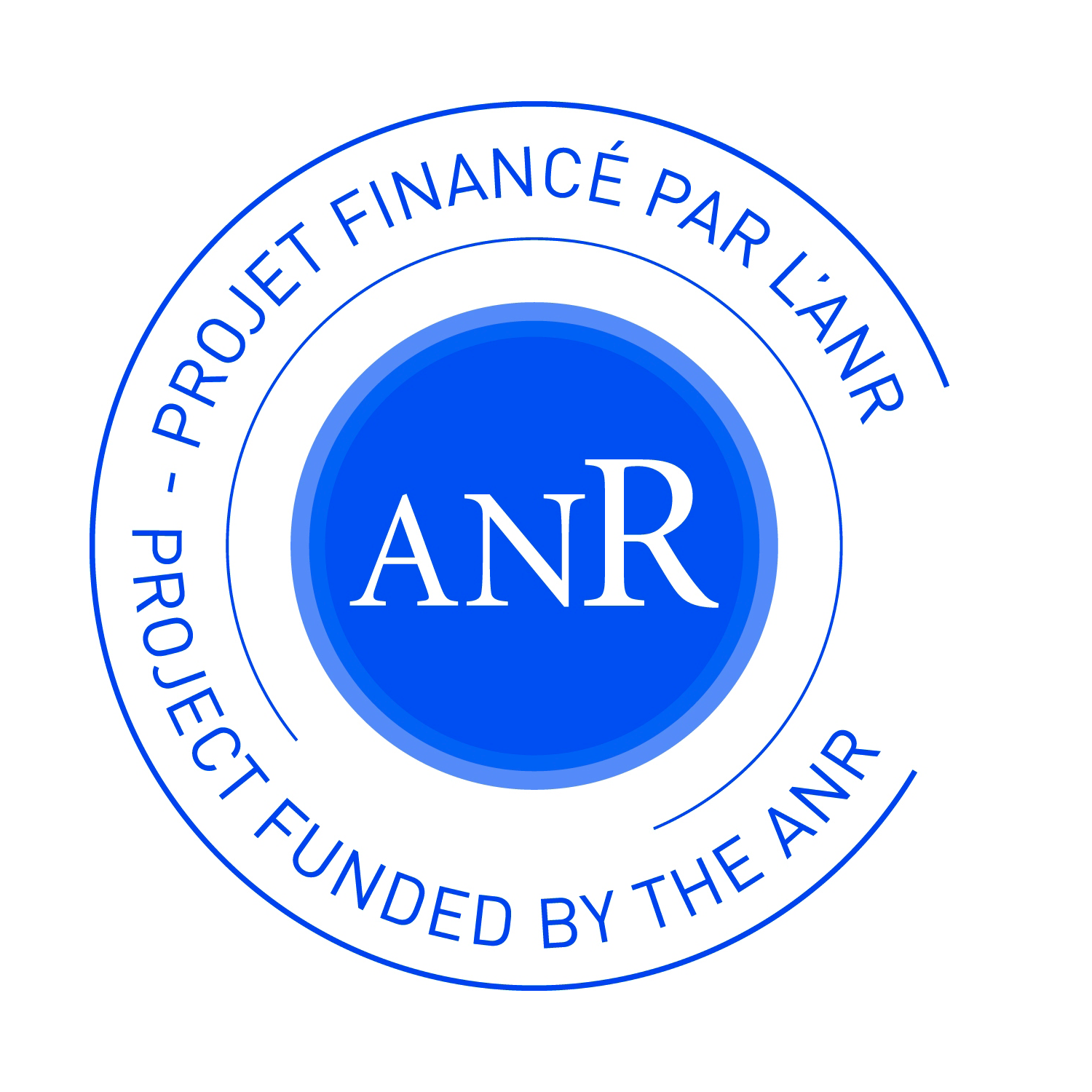
contribution: R. Billen, J.Y. Blaise, I. Dudek, B. Markhoff, O. Marlet, X. Rodier, M. Van Ruymbeke,
Forward-looking working session, organised at the end of the ANR SESAMES project; launch of a project to co-author an article, including project participants and invited experts.
Participant affiliations :
• Luxembourg Centre for Contemporary and Digital History (C²DH), Université du Luxembourg, Luxembourg
• Sphères, Unité de Géomatique - Topographie et géométrologie, Université de Liège, Liège, BE
• UMR 7324 CITERES - CItés, TERritoires, Environnement et Sociétés, Laboratoire Archéologie et Territoires, Tours, FR
• UMR CNRS/MC 3495 MAP, Modèles et simulations pour l’Architecture et le Patrimoine, Marseille, FR

contribution: I. Dudek
Organising and running a series of working sessions introducing team members to the method of documenting research results and description of research protocols in the MEMORIA IS system.
(objectives, principles, presentation of system functionalities, system tests, knowledge extraction and modelling, etc.)


contribution: J.Y. Blaise, I. Dudek
Session 16. Archiving information on archaeological practices and knowledge work in the digital environment: workflows, paradata and beyond
Authors: Iwona Dudek (CNRS)*; Jean-Yves BLAISE (CNRS)
Research workflows, paradata and information visualisation: feedback on an exploratory integration of issues and practices - the MEMORIA IS.
session 27. Exploring new ways of visualizing archaeological data
Authors: Jean-Yves BLAISE (CNRS)*; Iwona Dudek (CNRS); Gaël Simon (CITERES – LAT, University of Tours); Laurent Bergerot (CNRS)
Visual encoding of a 3D virtual reconstruction’s scientific justification: feedback from a proof-of-concept research
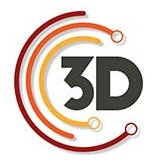

I. Dudek, A. Néroulidis
MEMORIA, un système d'information expérimental en ligne pour décrire des protocoles de recherche
(MEMORIA, an online experimental information system for the documentation of research protocols)
J.Y. Blaise
ANR SESAMES et son millefeuille de données hétérogènes : enjeux pratiques, enjeux éthiques
(ANR SESAMES and its mosaic of heterogeneous data: practical and ethical issues)
L. Bergerot, G. Simon, J.Y. Blaise, I. Dudek
Restitutions 3D et visualisation d'incertitudes : une interface de spatialisation de matrices de justifieurs
(3D reconstructions and visualization of uncertainties: an interface for spatialization of 'justification matrices')


This seminar, held at the École Nationale Supérieure d'Architecture de Marseille (ensa-m) and organised by the GAMSAU team of the MAP laboratory (UMR 3495 CNRS/MC), intends to illustrate the diversity of heritage seen as a ‘scientific territory’. Its purpose is to foster discussions and exchanges between scholars and practitioners about the impact of digital technology on the study, enhancement and transmission of this heritage and of the data collected around it.
contribution: J.Y. Blaise
Science citoyenne et documentation des petits patrimoines l'expérience du projet Territographie
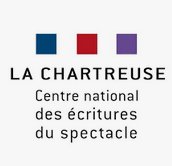



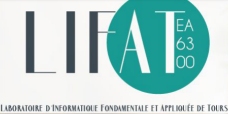

The objective of the ANR SESAMES end-term workshop was to provide a broad overview of the research activities carried out within the framework of the project, and to debate it with two external experts: M. Van Ruymbeke (University of Luxembourg, C2DH) and R. Billen (University of Liège, SPHERES Research Unit).
The workshop programme was built on three major components: classical "state of the art" presentations by the different teams, four in situ experiments prepared for the workshop (MAP/PRISM) and demonstrations of prototypes:
- Chronographs, soundscape annotation tool: presentation of the specifications and then collective game around these prototypes;
- 3D integrator, "spatialization of justifiers" interface, quizzmaker: principles and demo.
- MEMORIA IS (formal and shareable description of research protocols), principles, deployment and extension in ANR SESAMES, demo of concrete application on the morning experiment, introduction to the sandbox (a "try it yourself" workspace).
"State of the art" contributions : J.Y. Blaise, I. Dudek, L. Bergerot, A. Pamart, O. Marlet, G.Simon, B. Markhoff, A. Soulet, S. Ystad, S. Fargeot, A. Vidal




J.Y. Blaise >>Presentation of the SESAMES project from the perspective of interactions between UMR MAP and UMR PRIS. Invited contribution during the day devoted to cultural and creative industries.
Round table 1: “Trans-media” narrations to fertilize new forms of sensitive and / or formal representations of the world”




Four days of work and discussion between MAP, CITERES-LAT and LIFAT around the projects’ modules involving the three partners.
09/07
• Spatialization interface for 'justifiers' - debriefing session
• diagram of articulation of architecture/archaeology theoretical models
• MEMORIA_LAT session - debriefing session
• MEMORIA_LAT extension of a ‘wheel of activities’ dedicated to a data collection and acquisition (activities related to an archaeological excavation) session 1
08/09
• Spatialization interface for 'justifiers' - technical session
• Diagram of theoretical articulation of architecture / archeology models (Marmoutier: 2-voice annotation)
• MEMORIA_LAT extension of a ‘wheel of activities’ dedicated to a data collection and acquisition (activities related to an archaeological excavation) session 2
• Ontologies - 'architecture' section
09-10 / 09
• MEMORIA_LAT - technical session
• Ontologies - 'architecture' - technical session





J.Y. Blaise (organisation, contribution)
• 23/11 The rural chapels case study: data and information sets acquired, analytical biases, first results.
• 23/11 Spatial data on the rural chapels case study: surveying, annotation, analysis.
• 23/11 Visualisation and (vs.) sonification – preliminary results.
I. Dudek (contribution)
T6 - Reasoning and traceability - MEMORIA
• 23/11 – State of progress : implementation of the MEMORIA Information System, and extension of the experimental setup,
• 30/11 – The MEMORIA approach to reproducibility and traceability: general objectives of the project, implementation strategy of the IS, functional demo.
• 30/11 - The MEMORIA approach to reproducibility and traceability: domain knowledge modelling session (collective elicitation) regarding archaeological exploration activities.
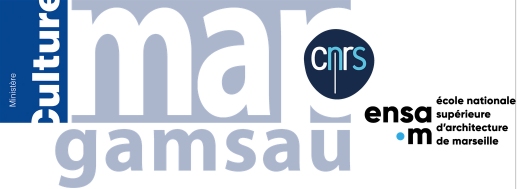
contribution: J.Y. Blaise, I. Dudek, A. Vidal, S. Fargeot (UMR PRISM), A. Néroulidis, L. Bergerot (UMR MAP)
Presentation of projects: SESAMES, Territography and MEMORIA
- introduction to SESAMES with the presentation of MEMORIA and Territography projects in front of posters, demonstration (software, website, know-how)
- VR demo and sound quiz

contribution: J.Y. Blaise, A.Néroulidis, I. Dudek
Session 1: presentation of UMR projects
Jean-Yves Blaise, Ariane Neroulidis (MAP-Gamsau)
Territographie - citizen contributions and minor heritage: experience feedback
Iwona Dudek (MAP-Gamsau)
Memoria - Record-keeping of digital resources and activities

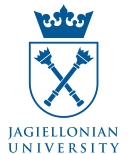
contribution: J.Y. Blaise, I. Dudek
session 46 (Spatial Analysis of 3D Archaeological Information: Method and Theory)
Proportions vs dimensions: shedding a different light on the analysis of 3D datasets
session 40 (Argumentation and the Archaeological Record)
Enabling the comparability of research workflows: a case study



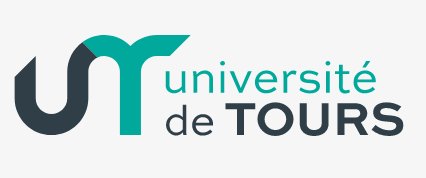
contribution: J.Y. Blaise, I. Dudek
J.Y. Blaise (moderation)
contribution Workshop 2 > Ontologies, interoperability, typing of anomalies
A starting point : feedback from experiments, knowledge modelling biases opened, and the notion of outliers
I. Dudek (contribution)
Workshop 4> On reasoning and inferences during the passage from observation to reconstruction hypotheses
Identification, structuring and visualisation of activities mobilised in the production of outputs: presentation of the MEMORIA approach, illustration on the case of reconstruction hypotheses.
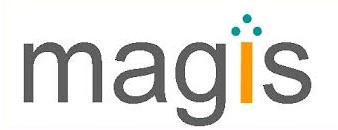

contribution: J.Y. Blaise, I. Dudek, G. Saygi
Voluntary geographical information: a keystone to document and analyse minor heritage?
Minor heritage assets being key witnesses of age-old cultural traditions, it is important to collect and analyse their characteristics and history in order to gain a somehow global understanding of a territory and of its changes over time. Nevertheless, this process is (sometimes) challenging as not every heritage entity exposes itself explicitly, especially in the case of intangible heritage (e.g., practices, traditions, festive events). Particular to minor heritage collections, it is even more complex as they generally slip through large heritage programs or documentation initiatives. In that context citizen-birthed contributions appear as a major opportunity in the harvesting and enrichment of data about intangible and tangible minor heritage assets. This research addresses baseline methodological questions: to which extent can voluntary geographic information, or crowdsourced data in general, act as cornerstones in documenting minor heritage assets? What steps need to be taken, what practical solutions need to be experimented in order to adapt contribution modalities to the reality of the data handled in that application field (poorly defined, heterogeneous, contradictory, unverifiable, etc.)? These questions are addressed in the framework of a case study combining three collections, thanks to which we expect to better circumscribe what could be learnt from voluntarily produced geographical information, what bottlenecks are ahead of us, and ultimately how this information could be beneficial in terms of cross-examination and analysis for heritage scientists.
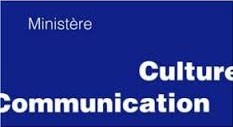
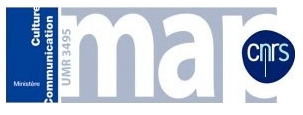

contribution: J.Y. Blaise, I. Dudek
Tactichronie : un dispositif tactile ludo-pédagogique pour comprendre les transformations de l’espace bâti au cours du temps.
Objective of the training is to analyse the usefulness of 3D modelling through a variety of examples from different areas of cultural heritage. More than technical aspects, that will be considered only as means, the training will aim primarily at highlighting possible advantages and disadvantages of the use of 3D digital technologies, when used in order to increase knowledge and to promote the cultural heritage.

contribution: J.Y. Blaise, I. Dudek
Infosphere : one artefact, two metaphors, three sort criteria
Experimenting timelines for artefacts analysis: from time distribution to information visualisation
Profiling artefact changes: a methodological proposal for the classification and visualisation of architectural transformations

contribution: J.Y. Blaise, I. Dudek, F. De Dominico, L. De Luca
J.Y. Blaise, I. Dudek, F. De Dominico, L. De Luca
Architectural Modelling and information interfacing: learning from three case studies
J.Y. Blaise, I. Dudek
Dynamic representations for information visualisation and retrevial : a case study on Kraków's architectural heritage

contribution: J.Y. Blaise, I. Dudek, F. De Domenico, L. De Luca
contribution: J.Y. Blaise, I. Dudek
Règles d'identification et méthodes de visualisation d'objets architecturaux
contribution: J.Y. Blaise, I. Dudek, F. De Domenico, L. De Luca
Acquisition de données vs gestion de connaissances patrimoniales : le cas des vestiges du théâtre antique d'Arles

contribution: J.Y. Blaise, P. Drap, P. Grussenmeyer, V. Acary, M. Florenzano, S. Garrec, M.
J.Y. Blaise, P. Drap, P.Grussenmeyer
A photogrammetric survey using knowledge representation on the ARPENTEUR web-based photogrammetric workstation
V. Acary, J.Y. Blaise, P. Drap, M. Florenzano, S. Garrec, M. Jean, D. Merad
NSCD method applied to mechanical simulation of masonry in historical buildings using MOMA